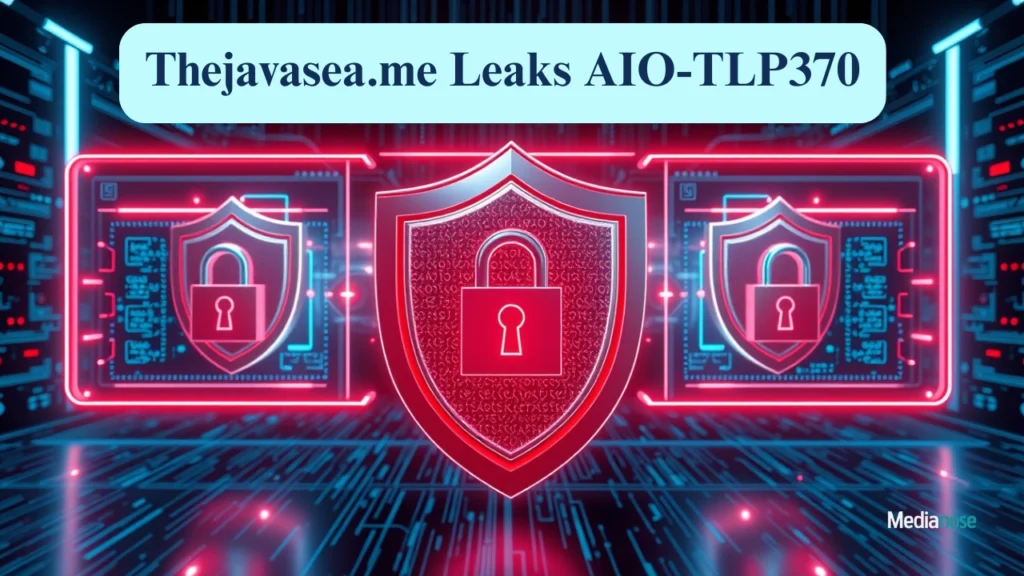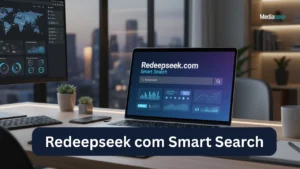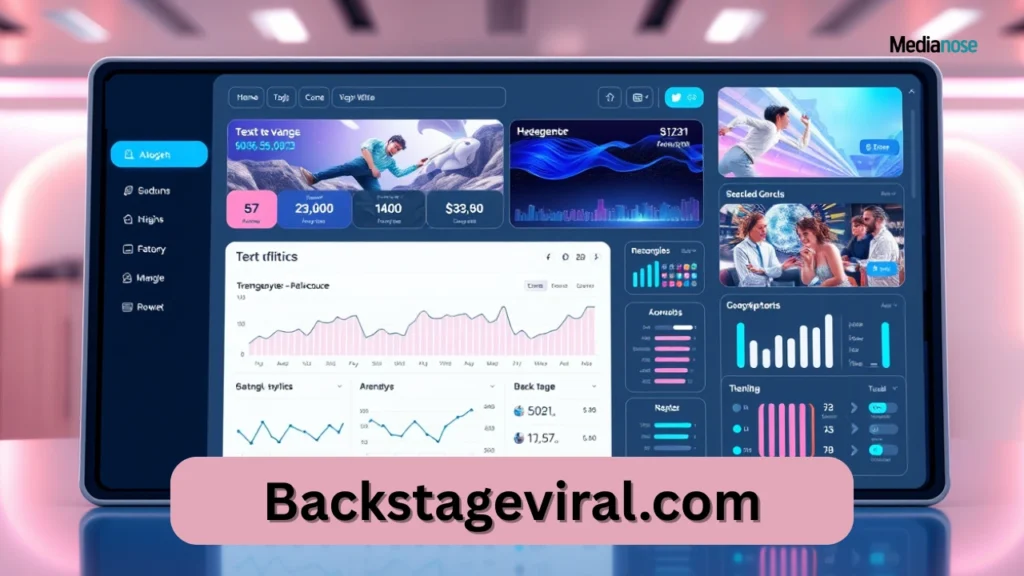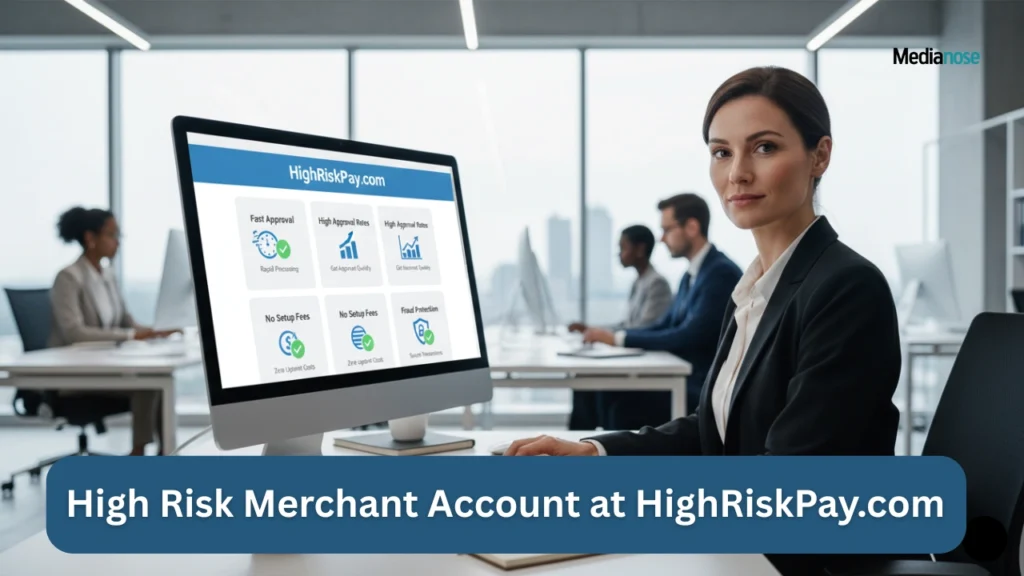Thejavasea.me leaks aio-tlp370 have become one of the most talked-about cybersecurity incidents this year. This massive leak has put the digital security of individuals, organizations, and even governments under scrutiny. The term “thejavasea.me leaks aio-tlp370” refers to a comprehensive exposure of sensitive data, including source codes, configuration files, and personal information, all bundled under the All-In-One TLP370 framework. Understanding this leak and its implications is essential for anyone using digital services or managing online data. This blog explores the impact of this leak, how you can protect yourself, and what organizations should do to minimize risks.
What Exactly Are thejavasea.me Leaks AIO-TLP370?
The “thejavasea.me leaks aio-tlp370” is not just a simple data breach. It is a large-scale compilation of sensitive information made publicly accessible through the platform thejavasea.me. This type of leak is classified using the Traffic Light Protocol (TLP), which helps organizations and individuals understand the sensitivity and sharing permissions of leaked data. TLP370 denotes a high-risk category, which makes it particularly alarming.
The leak contains a variety of sensitive materials, including:
- Source Code: Attackers can analyze this to find vulnerabilities in software applications and services.
- Configuration Files: These files expose system setups and internal processes that can be exploited.
- Personal Information: Emails, usernames, passwords, and other private data are at risk of misuse.
- Developer Playbooks and Notes: Insider information that can help hackers plan targeted attacks.
This combination makes the leak one of the most dangerous cybersecurity events in recent years, affecting both personal and professional digital security.
Also Read
Who Is Affected by the Leak?
The impact of thejavasea.me leaks aio-tlp370 spans multiple levels:
- Individual Users: Personal data leaks can lead to identity theft, phishing attacks, and financial fraud.
- Organizations: Exposure of internal systems, configurations, and code increases the risk of cyberattacks and intellectual property theft.
- Developers and Tech Companies: Proprietary codes and processes can be copied, modified, or exploited by malicious actors.
How the Leak Poses a Threat to Digital Security
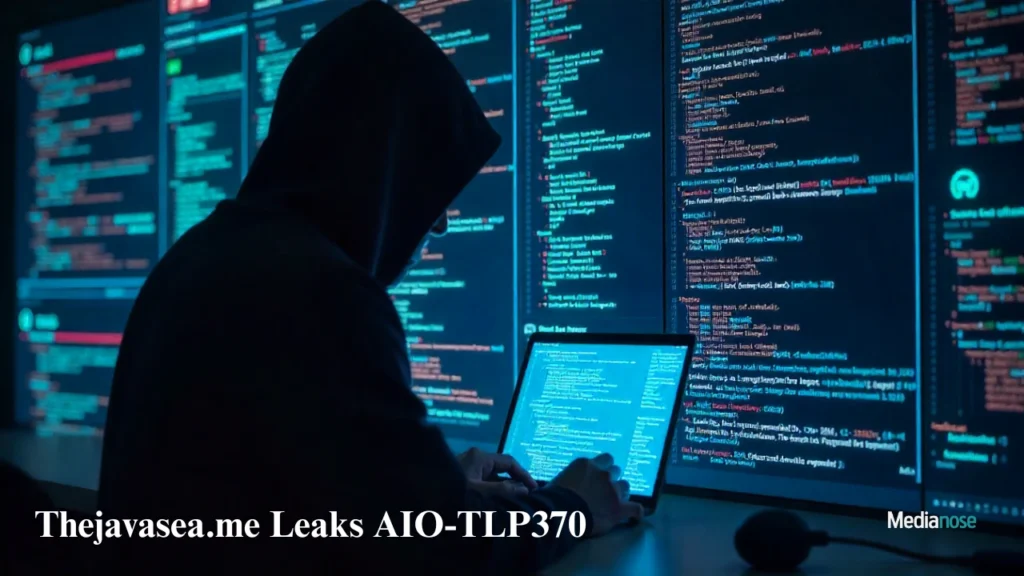
The consequences of thejavasea.me leaks aio-tlp370 are far-reaching. Here are some of the main security threats:
1. Increased Vulnerability to Cyberattacks
Exposed source codes and configuration files allow hackers to identify weaknesses in applications or systems. For instance, if a web application’s source code is leaked, attackers can study it to find loopholes, backdoors, or misconfigurations that can be exploited. This dramatically raises the chances of cyberattacks such as:
- Ransomware attacks
- Credential stuffing attacks
- Distributed Denial-of-Service (DDoS) attacks
2. Compromise of Personal and Sensitive Information
Leaked personal information, such as passwords and email addresses, can be used for phishing schemes or account takeovers. Even seemingly minor leaks can lead to larger breaches if attackers use the information to infiltrate corporate or financial accounts.
3. Financial Risks
Both individuals and organizations face potential financial loss due to stolen funds, fraudulent transactions, or ransom demands. Small and medium-sized businesses may be particularly vulnerable because they often lack advanced cybersecurity defenses.
4. Damage to Reputation and Trust
Organizations associated with such leaks may suffer long-term reputational damage. Customers might avoid using services that have been compromised, which can reduce revenue and market credibility.
5. Regulatory and Legal Consequences
Data leaks often violate data protection laws such as GDPR, CCPA, or other national cybersecurity regulations. Organizations may face fines, legal actions, and compliance investigations as a result.
How to Protect Yourself from thejavasea.me Leaks AIO-TLP370
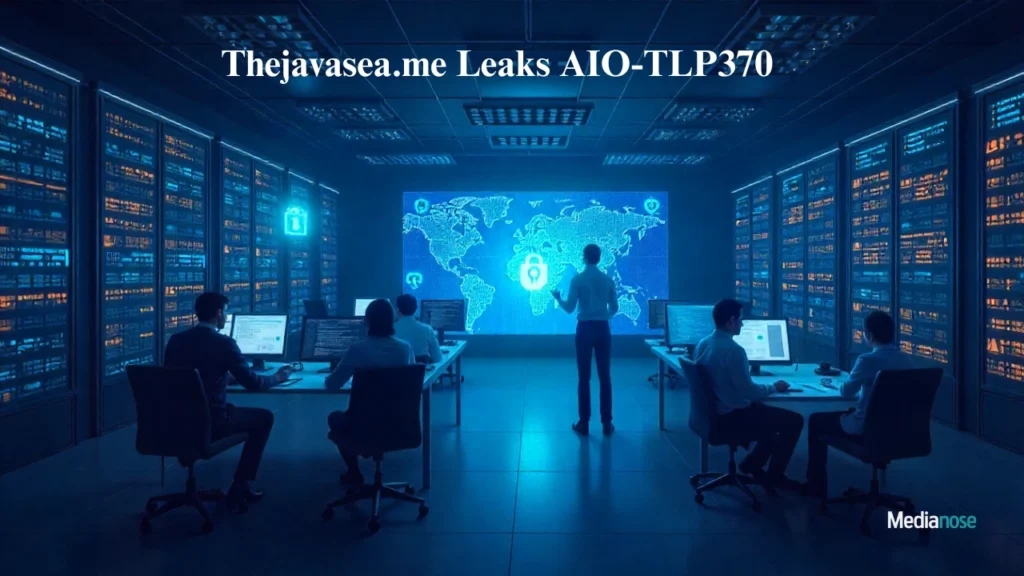
Individuals can take several steps to safeguard their digital presence. Here are actionable measures:
1. Change Passwords Immediately
- Use unique passwords for each account.
- Avoid reusing old passwords.
- Consider using a password manager for strong, randomly generated passwords.
2. Enable Two-Factor Authentication (2FA)
2FA adds an additional verification step, making it harder for hackers to access your accounts even if your password is compromised.
3. Monitor Accounts for Suspicious Activity
Regularly check bank statements, online accounts, and email for any unusual logins or transactions. Early detection can prevent serious consequences.
4. Be Careful With Emails and Links
Avoid clicking on suspicious links or opening unknown email attachments. Phishing campaigns often follow data leaks to trick victims into revealing more information.
5. Educate Yourself About Security Risks
Stay updated about emerging cybersecurity threats, including leaks like aio-tlp370, so you can take proactive precautions.
Organizational Measures to Mitigate Risks
Companies and institutions can minimize the impact of such leaks through strategic actions.
Conduct Regular Security Audits
- Audit code, configurations, and access logs regularly.
- Identify and patch vulnerabilities promptly.
- Conduct penetration testing to simulate real-world attacks.
Educate Employees on Cybersecurity
Human error is often the weakest link in cybersecurity. Training employees to recognize threats, avoid phishing, and follow security protocols can significantly reduce risks.
Implement Advanced Security Protocols
- Use encryption for sensitive data.
- Maintain secure coding practices.
- Employ endpoint protection and network monitoring tools.
Collaborate With Cybersecurity Experts
Consulting with cybersecurity firms or experts can provide advanced insights, threat intelligence, and response strategies for potential breaches.
Impact of thejavasea.me Leaks AIO-TLP370
| Type of Data Leaked | Potential Risks | Recommended Action |
|---|---|---|
| Source Code | Exploitation of software vulnerabilities | Patch and update software regularly |
| Configuration Files | Unauthorized access to systems | Change system settings and monitor logs |
| Personal Information | Identity theft, phishing | Change passwords, enable 2FA |
| Developer Notes/Playbooks | Targeted attacks, IP theft | Restrict access, educate staff |
Insights on the Severity of AIO-TLP370
The all-in-one nature of the leak makes it particularly dangerous. Unlike smaller breaches that may expose only email addresses or passwords, aio-tlp370 provides attackers with a comprehensive map of digital assets. Organizations must treat this as a wake-up call to strengthen their digital security framework.
Why Comprehensive Leaks Are More Dangerous
- Attackers gain context: Access to source code plus configuration files allows better planning of attacks.
- Higher success rate: Multi-layered information increases the likelihood of successful breaches.
- Cascading effect: Leaks in one organization can impact clients, partners, and other connected systems.
Lessons for the Future
- Implement a zero-trust approach to data security.
- Regularly audit cloud storage, backups, and internal repositories.
- Promote security-first culture within organizations.
FAQs
Q1: What does “aio-tlp370” mean in thejavasea.me leaks?
A1: “AIO” stands for All-In-One, indicating the leak contains multiple types of sensitive data. “TLP370” is a high-risk classification in the Traffic Light Protocol used to assess information sensitivity.
Q2: Is my personal information safe after the leak?
A2: There’s no way to guarantee safety. Users should change passwords, enable 2FA, and monitor accounts for suspicious activity to minimize risks.
Q3: Can organizations recover from such leaks?
A3: Yes, with proactive measures like security audits, employee training, and collaboration with cybersecurity experts, organizations can mitigate damage and restore trust.
Q4: How can future leaks be prevented?
A4: Implementing strong encryption, secure coding practices, restricted access controls, and regular security assessments are key steps in preventing future breaches.
Conclusion
The thejavasea.me leaks aio-tlp370 underline the critical importance of digital security in today’s connected world. Both individuals and organizations must adopt proactive measures to protect sensitive information. From changing passwords to implementing enterprise-wide security protocols, every step counts in mitigating the effects of such leaks. By understanding the threats and acting strategically, we can reduce the impact of data breaches and strengthen the overall security of our digital ecosystem.

